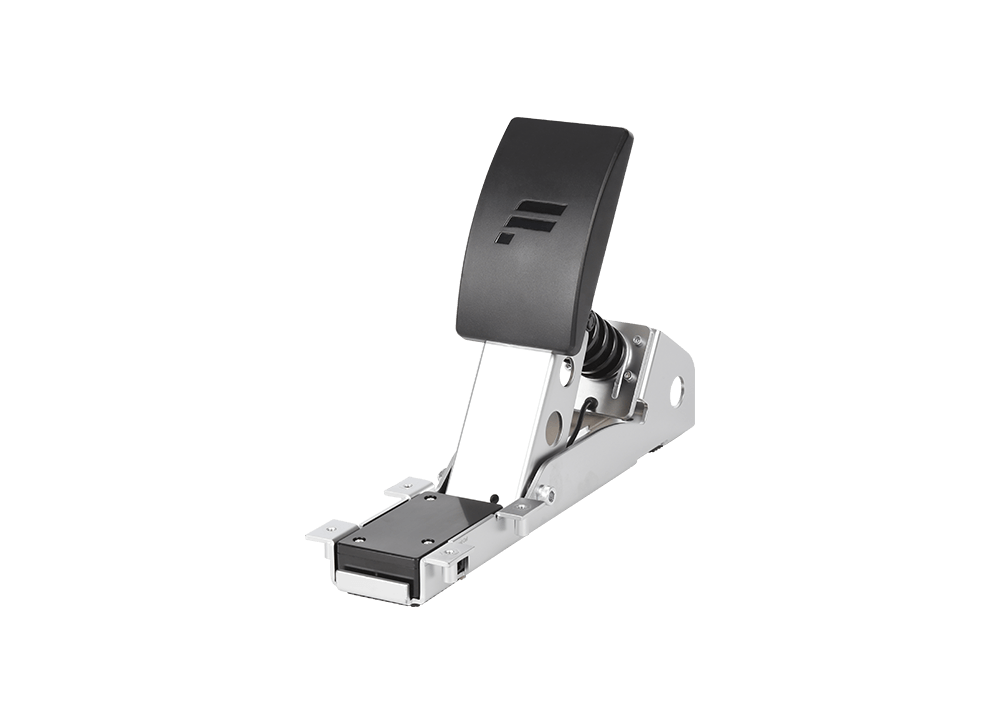Time:2023-07-04 Preview:
First, running and wear is the wear of mechanical under normal load, speed and lubrication conditions. The development of wear generally has a slow development, and it has little impact on the quality of processing in the short term.
Second, hard particles wear because the components itself and hard particles fall into the machine tool processing area from the outside. They are mechanically cut and grinded, and parts are damaged. The impact on processing quality is more serious.

Third, surface fatigue and wear, under the influence of the conversion load, produce tiny cracks and shift points, and parts damage. This wear is usually closely related to factors such as pressure, loading characteristics, parts materials, and dimensions.
Fourth, thermal wear is the heat generated by parts during friction, which acts on the parts, causing the parts to soften the ignition and wrinkle. This wear usually occurs in high -speed and high -pressure sliding frictions, and destructive wear is accompanied by the nature of accident wear.
Fifth, corrosion wear is the wear of chemical effects, that is, chemical corrosion wear. When the surface of the part is exposed to acid, alkali, salt or harmful gases, it will be eroded by chemical. The parts of the parts and oxygen to form a hard metal oxide that is easy to fall off, and the parts will wear it.
 Related News
Related News·CNC machining center machine tool ·What impact will the Shenzhen CNC processing process be handled properly? ·Common Problems in Metal Die Casting ·CNC processing plant Precision CNC processing to reduce the surface damage of aluminum profile? ·Machining center control system ·Mold carving and milling machine characteristics ·Structural characteristics of hard rail machining centers ·What is the required coefficient standard for materials purchased by hardware die casting ·Remember the practical knowledge of these aspects ·Guangdong·Shenzhen Convention and Exhibition Center Exhibition


